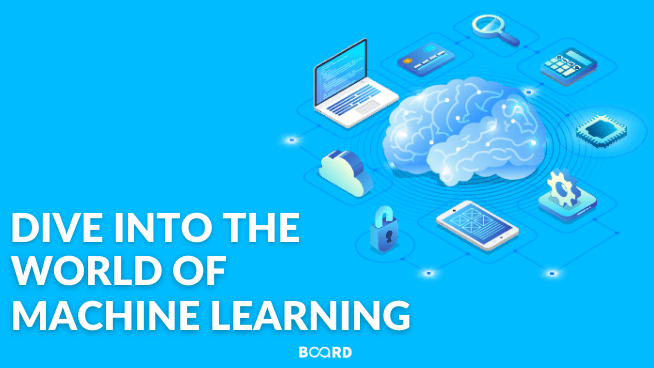Machine Learning and AI: From Basics to Mastery
Deep Learning - Dive into the World of Machine Learning!

Watch this video to get a brief introduction to Deep Learning.
Deep Learning is a finer and sophisticated branch of machine learning which is largely based on artificial neural networks. Also known as hierarchical learning, deep learning algorithms are closest to the way the human brain functions and are structurally similar to the brain as well.
Although there are stark similarities between artificial neural networks (which fuels deep learning) and the biological systems installed in human brains; there are a few differences as well (which is obvious to the fact that it is called ‘artificial’).
The functionalities of artificial neural networks are mostly static in nature; while the human brain works in a more dynamic fashion, and is analog in nature. With this backdrop; the subsequent sections would deep-dive into the key intricacies of deep learning, and discuss the applications & dependencies of the same.
Difference between Deep learning & Machine learning
Deep learning & machine learning are not two aloof & technically independent systems; rather deep learning is a more specific and focused part of machine learning (which forms the universal set).
Any tools & technologies which are generally used to implement artificial intelligence problems come under the gamut of machine learning. Now, this could include techniques such as random forest algorithms, decision tree logic, artificial neural networks, and so on. Now, decision-making systems focusing on ‘artificial neural networks’ specifically come under the categorization of deep learning.
So, the key differences between the two artificial intelligence techniques are mentioned below for reference:
- Performance/Productivity: The productivity of deep learning algorithms is high when the data load is high. However, for less data, the performance of deep learning algorithms would be slow as compared to other machine learning algorithms
- Infrastructure requirement: Deep learning algorithms are based on extremely complex matrix multiplication logic; hence, require extensive hardware installed with the system; as compared to other traditional machine learning operations
- Complicacy in execution & Ease of interpretation: Deep learning algorithms are generally based on large-scale datasets; which implies that the data needs to be trained much more as compared to other ML techniques. Furthermore, the interpretation of deep learning results is much more complicated as well.
All of these factors & dependencies ensure that business organizations think through multiple possibilities before opting for deep learning projects.
Deep Learning Model
In the quest to mimic human decision-making systems; the deep learning network generally operates in three different layers – the input layer, hidden layer, and finally the output layer.
As shown in the figure above, there are generally two hidden layers for the majority of the deep learning networks. The main functionality of the layers is to intercept weighted input, and convert them to non-linear functions and then transfers them to the next step. The type of non-linear function to which the input is converted depends on the design pattern of the layer (mostly, it’s singular in nature). A typical example of an input being converted into a ‘convolution’ function is shown below.
It’s quite possible that the different layers in the ‘hidden layer’ are designed to convert inputs to different nonlinear functions.
Applications of Deep learning systems
The different applications of deep learning networks are cited below for reference:
- Automatic Speech Recognition: Most sophisticated application of deep learning; being able to identify speeches in different languages & dialect
- Image recognition: Currently can identify & evaluate 360-degree views as well
- NLP (Natural Language Processing): Language translation, word/sentence embedding, etc. are common applications of deep learning in the field of NLP
- Recommender Engine: Uses collaborative filtering to return customized recommendations for specific customers
Other than these, deep learning is extensively used in the field of medical research as well as customer relationship management.
Oh! So you made it till the end, We got something for you. A bonus video for making it till the end.
